Two monosaccharides are bound together by
(a) alcohol group
(b) glycosidic bond
(c) ketone group
(d) removal of water
alcohol group
glycosidic bond
ketone group
removal of water
The correct Answer is:B
To answer the question about how two monosaccharides are bound together, we can follow these steps:
1. Understanding Monosaccharides: Monosaccharides are the simplest form of carbohydrates, consisting of single sugar units. Examples include glucose and fructose.
2. Formation of Disaccharides: When two monosaccharides combine, they form a disaccharide. This process is essential in carbohydrate chemistry.
3. Type of Reaction: The combination of two monosaccharides involves a specific type of reaction known as a dehydration reaction (or condensation reaction). In this reaction, a molecule of water is removed.
4. Bond Formation: During the dehydration reaction, a covalent bond is formed between the two monosaccharides. This bond is specifically called a glycosidic bond.
5. Identifying the Correct Option:
- Option (a) alcohol group: This is not correct as alcohol groups are functional groups, not the type of bond formed.
- Option (b) glycosidic bond: This is correct as it is the bond formed between the two monosaccharides.
- Option (c) ketone group: This is also incorrect as ketone groups are not involved in the bonding of monosaccharides.
- Option (d) removal of water: While this is part of the process, it does not specify the bond type.
6. Conclusion: Therefore, the correct answer is (b) glycosidic bond.
Final Answer:
(b) glycosidic bond
---
- Option (a) alcohol group: This is not correct as alcohol groups are functional groups, not the type of bond formed.
- Option (b) glycosidic bond: This is correct as it is the bond formed between the two monosaccharides.
- Option (c) ketone group: This is also incorrect as ketone groups are not involved in the bonding of monosaccharides.
- Option (d) removal of water: While this is part of the process, it does not specify the bond type.
(b) glycosidic bond
Topper's Solved these Questions
- BOOK - ICSECHAPTER - BIOMOLECULESEXERCISE - REVIEW QUESTIONS (FILL IN THE BLANKS)20videos
BIOMOLECULES
- BOOK - ICSECHAPTER - BIOMOLECULESEXERCISE - REVIEW QUESTIONS (ANALOGY TYPE QUESTIONS)10videos
BIOMOLECULES
- BOOK - ICSECHAPTER - BIOMOLECULESEXERCISE - NCERT EXERCISES WITH ANSWERS (DIFFERENTIATE BETWEEN)25videos
BIOMOLECULES
- BOOK - ICSECHAPTER - BIOLOGY ISC SAMPLE QUESTION PAPER 2019EXERCISE - PART-II (SECTION -C)6videos
BIOLOGY ISC SAMPLE QUESTION PAPER 2019
- BOOK - ICSECHAPTER - BODY FLUIDS AND CIRCULATIONEXERCISE - DIFFRENTIATE BETWEEN13videos
BODY FLUIDS AND CIRCULATION
Similar Questions
Assertion: all monosaccharides are reducing sugar
Reason : monosaccharides contain free aldehyde or free ketonic group
(a) If both assertion & Reason are true & the Reason is a correct explanation of the Assertion
(b) If both Assertion & Reason are True but Reason is not a correct explanation of the Assertion
(c) If Assertion is True but the Reason is False
(d) If both Assertion & Reason are falseView SolutionWhich of the following bond is not associated with a deoxyribonucleotide?
(a) Phosphoester bond
(b) Glycosidic bonds
(c) Phosphodiester bond
(d) More than one option is correct.View Solution
Knowledge Check
- Question 1 - Select One
Maltose is formed by the following monosaccharides
(a) glucose + glucose
(b) glucose + galactose
(c) glucose + fructose
(d) fructose + galactoseAglucose + glucoseBglucose + galactoseCglucose + fructoseDfructose + galactose - Question 2 - Select One
In disaccharides, if the reducing groups of monosaccharides, i.e., aldehydic or ketonic groups are bonded, these are non-reducing sugars. Which of the following disaccharide is a non-reducing sugar?
A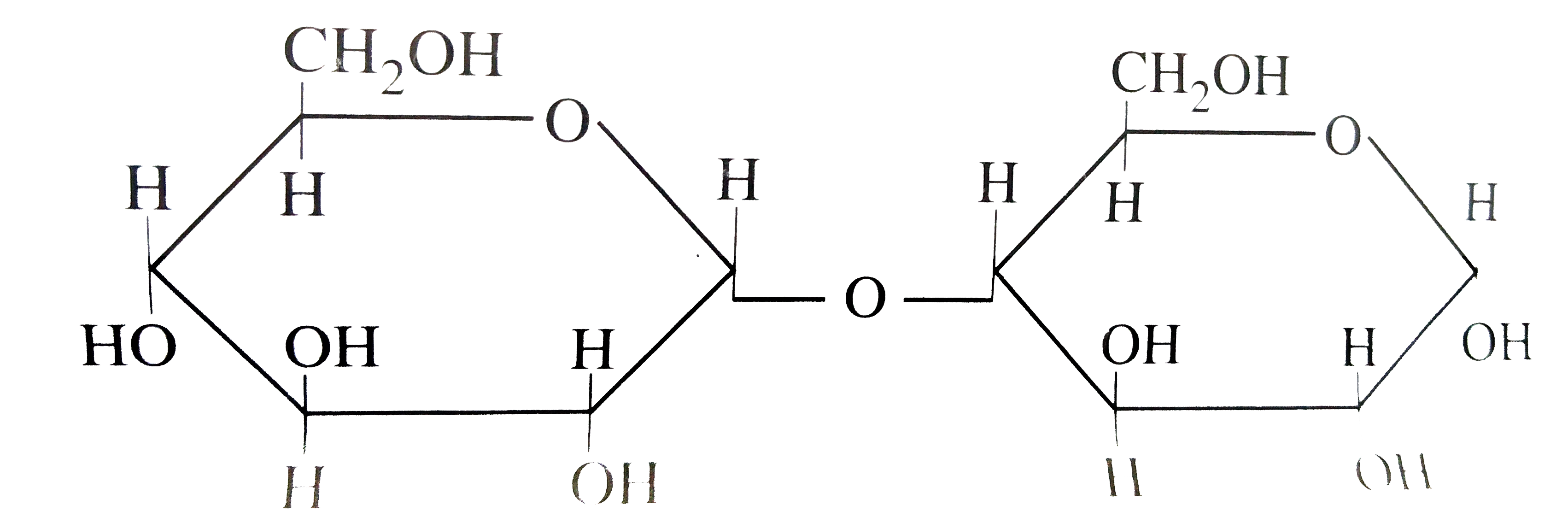 B
B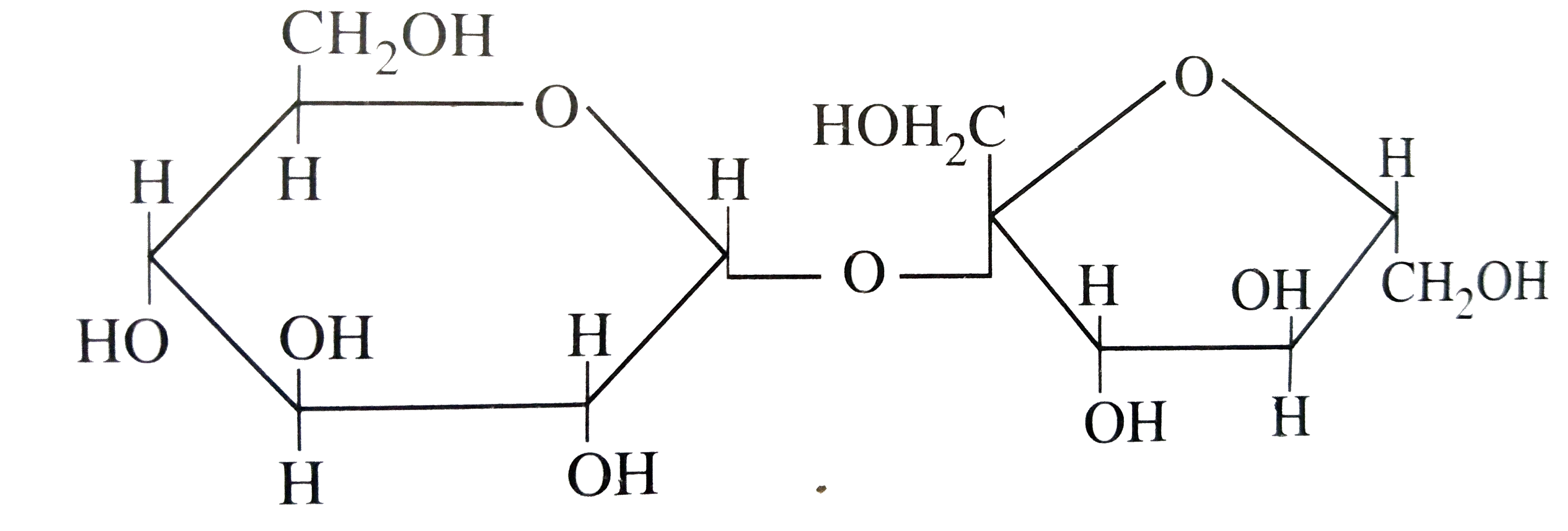 C
C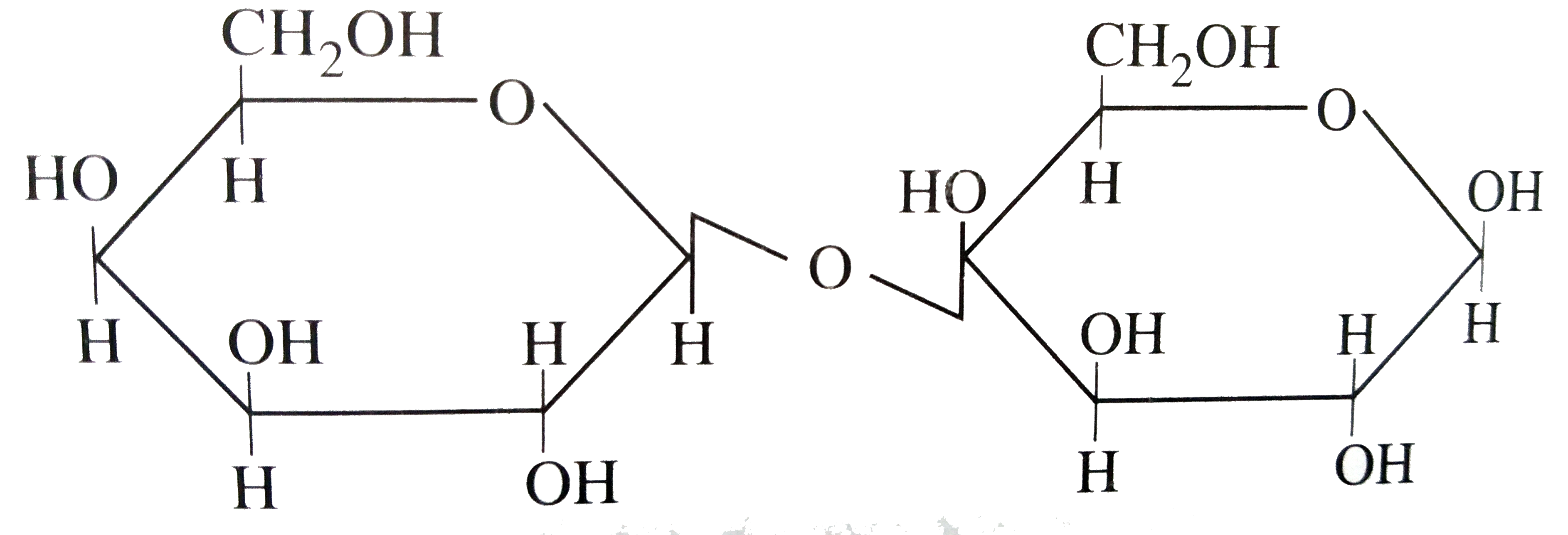 D
D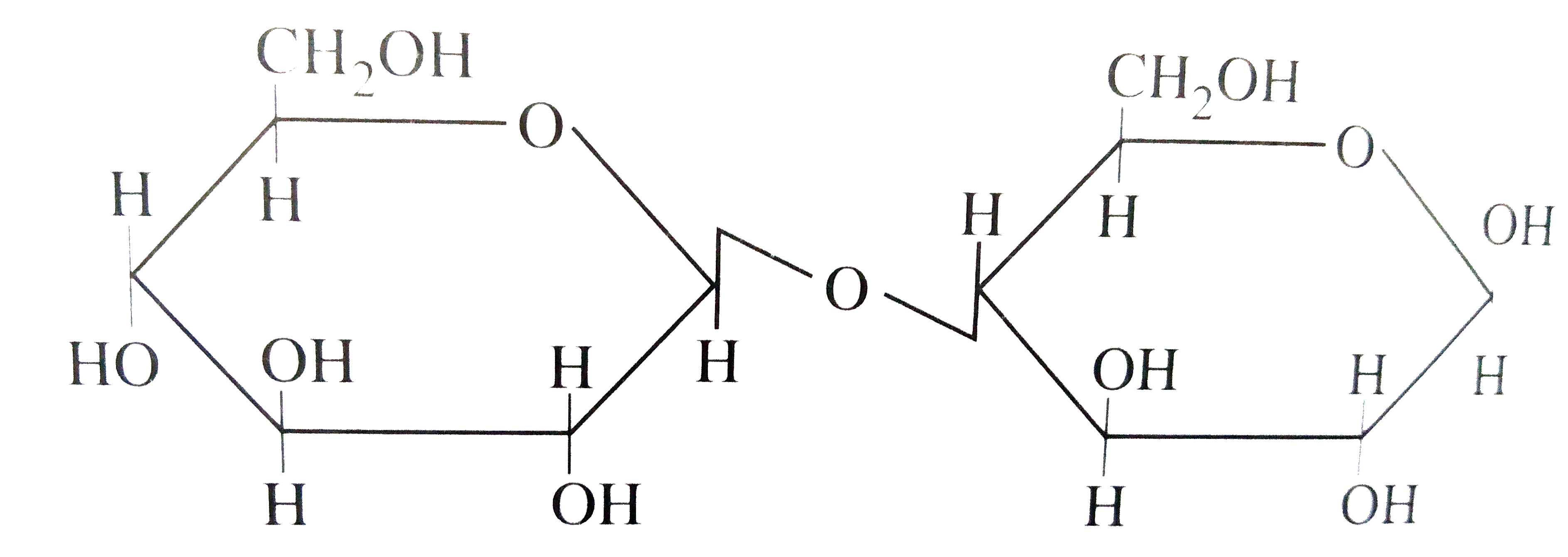
A bond which is formed between aldehyde or ketone group of monosaccheride and alcoholic group of another organic compound is known as
(a) Peptide bond
(b) glycosidic bond
(c) phosphodiester bond
(d) Ester bondView SolutionAssertion : all monosaccharides give benedict's test
Reason : all monosaccharide contain free aldehyde or ketonic groupView SolutionAldehydes ahd ketones are converted to acetals by treatment with an alcohol and a trace of acid catalyst. These conditions also convert aldoses and ketoses to the acetals, call glycosides. In glycosides, an aglycone is the group bonded to the anomeric carbon atom.
Example : Methanol is the aglycone in a methyl glycoside.
In ethyl α-D glucopyranoside, aglycone part isView SolutionAldehydes ahd ketones are converted to acetals by treatment with an alcohol and a trace of acid catalyst. These conditions also convert aldoses and ketoses to the acetals, call glycosides. In glycosides, an aglycone is the group bonded to the anomeric carbon atom.
Example : Methanol is the aglycone in a methyl glycoside.
In sucrose, two menosaccharides unit liked by
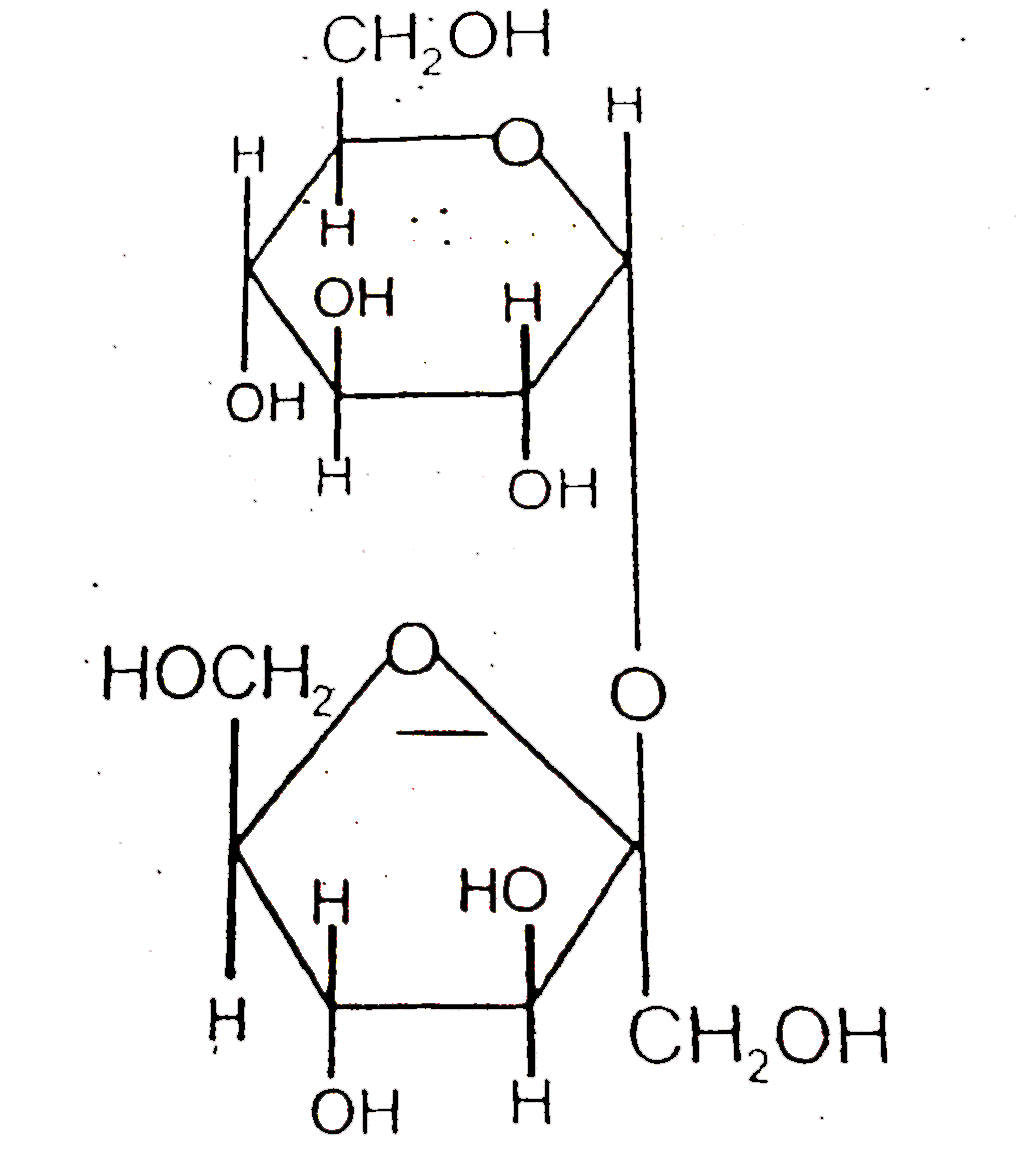 View Solution
View SolutionIn disaccharides, if the reducing groups of monosaccharides, i.e., aldehydic or ketonic groups are bonded, these are non-reducing sugars. Which of the following disaccharide is a non-reducing sugar?
View SolutionStarch and glycogen differ from each other in (a) Type of glycosidic bonding in straight chains (b) Type of monomer unit (C) Type of branching and glycosidic bonding at branches (d) Occurrence of coiling in the straight chain and resultant property of interaction with iodine and the components (e) Types of cells in which they are present as stored food
View Solution

